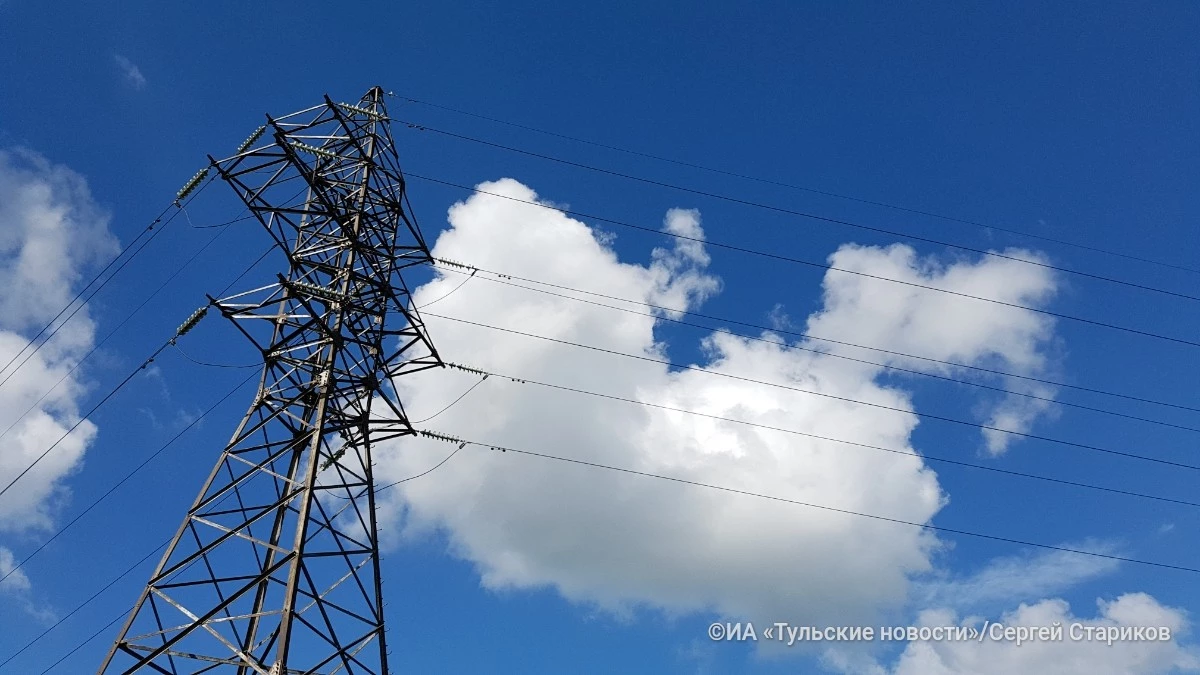
The time consuming and risky small and medium-sized businesses, last year, the largest losses due to coronavirus and associated quarantine restrictions, especially counted for state support. Not everyone could use it, but everyone collided with another test - a tariff paradox happened.
.
Reducing the demand for electricity by introducing quarantine measures increased tariffs for a resource for small and medium-sized businesses. Although the basic laws of the market work otherwise: when decreasing demand for goods, its price should also decrease. Paradoxical situation: electricity was not particularly needed, but it only grew its price from this.
Currently, the territory of Russia is divided into several zones: price zones of the wholesale electricity market and non-price zones. We are interested in the first price zone, where the Government of the Russian Federation regulated only the procedure for calculating the price of electricity for enterprises, the calculation itself should be made monthly by a guaranteeing supplier or an energy sales company, with which the consumer has a power supply contract.
In the electricity market, there are its laws - all sorts of energy risks are distributed to consumers, there is a division of a continued amount of payments for a smaller amount of consumers.
As a visual example, take small business - retail supermarkets, car wash, beauty salons, etc. As a rule, such consumers are attached to the low voltage electrical networks (0.4 kV) and are calculated with an electrical energy supplier at the first price category.
Several significant numbers: the cost of electrical energy (NN to 150 kW with VAT) for September 2020, calculated for the first price category, in the Tula region amounted to 9,914.3 rubles. per MW / h, in the neighboring Oryol region - 8,413.2 rubles., in Kaluga - 8,595,6 rubles, in Lipetsk - 9,571.4 rubles, in Ryazan - 8,250,8 rub., And in Moscow Areas - 6 918.8 rubles. There is a difference, and it is essential.
Space light on pricing, but will not remove all questions of the subtleties of the tariff formation methodology. Pricing principles include: the wholesale cost of the resource on the market; transmission services; supplier surcharge; Infrastructure costs.
In recalculation, the difference with the Moscow region is 43%. This is a lot: in other regions it is at the level of 20-25%. The value of the sales allowance and record high cost of transmission services is particularly emanated.
Special attention deserves the largest component of the tariff - the transfer service. This component approves the Tula Region Tariffs Committee. If it is compared with all neighboring regions, then (for the voltage level of the 1st price category) Tula region - undoubted leader. The region has the highest transmission rate. Perhaps we have the best infrastructure for electricity transmission (new substations, new lines, etc.)? And again by. The composition of the tariff, which is paid by entrepreneurs, includes a bid for payment of technological flow (loss) in electrical networks.
For the above-mentioned category of entrepreneurs of the Tula region, it is 1 rub. 27 cop For each 1 kW. Whereas in the Moscow region it is equal to 92 kopecks. The difference is 39%. In other words, Tula entrepreneurs from the cost of 1 kW, equal to 9 rubles. 61 kopecks. (January 2021), 1 rub. 27 cop Pay for losses in networks.
But let us return to the difference in tariffs and their annual growth of about 5%. In the Moscow region at 7 rubles. For 1 kW + 5% = 7 rubles. 35 kopecks - Growth of 35 kopecks. In the Tula region at 10 rubles. For 1 kW + 5% = 10 rubles. 50 kopecks - growth of 50 kopecks.
With such a situation, the region can get into the tariff trap. High electricity prices for business risk negatively affect investment attractiveness. In short, investors are not profitable to invest in new production where expensive. Especially if the neighbors are cheaper. Next, the cross-subsidy distributes the tariff for the surviving business, making it even higher.
The causes of the phenomenon in which the business pays the rates of tariffs above economically justified to compensate for the costs of energy, go rooted in the 90s of the last century. Then the first priority was to preserve the low level of tariffs for the population, since most money had enough only to meet minimal needs.
At the heart of the situation in which the population pays on non-market tariffs, and large enterprises and business - according to overestimated, lies the principle of cross-subsidization. It implies that part of the payment for electricity consumed from the shoulders and the objects of the social sphere is shifted to industry and enterprises: the population is underpaid - electricity suppliers receive a loss - the business of this loss compensates.
Now such a feature of tariffing in the conditions of a market economy is difficult to justify. Moreover, in recent years, cross-subsidization in the electric power industry was recognized as an urgent problem: it slows down and the development of enterprises and energy itself.
Cross subsidization contradicts the basic economic principle: if you buy more, then the price should be lower. But in the case of such a redistribution of the interarifact difference, everything works on the contrary.
The material is prepared in collaboration with the expert Kirill Rubtsov.
